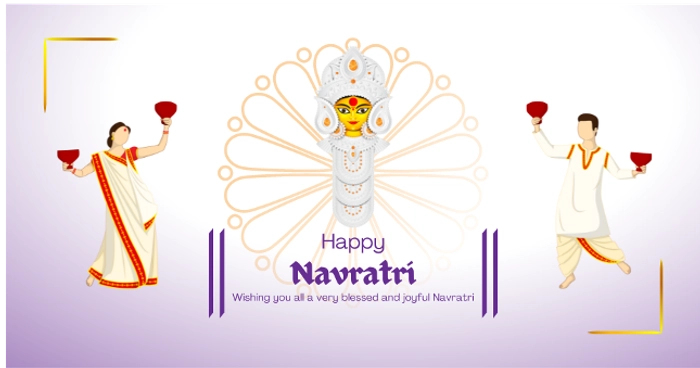Did you know about the gorgeous flowers used in the Navratri celebration? The glorious celebrations of Navratri are incomplete without fresh blooms. Each day of Navratri is dedicated to an avatar of Lord Durga. And, you will be surprised to know that nine assorted flowers are used on nine days of this magnificent festival. Do you want to know about these exquisite blooms? Let us introduce you to the ethereal flowers used in Navratri celebrations!
Before you scroll down to the list, Let's make sure we plant these Flower Plants so that next Navratri you can have your own flowers and devote them to Maa Durga.
On the first day, Hibiscus flowers are offered to Goddess Shailputri. Hibiscus is the most endearing to her.
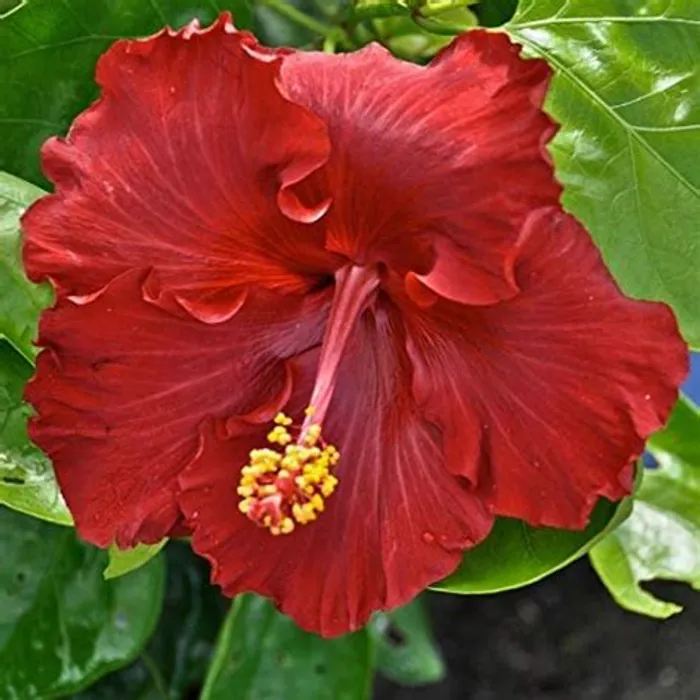
Why Hibiscus?
Hibiscus plants account for one fine offering, for not only do they comprise big bright flowers that spread the vibrancy of their colours in the environment but it also comes laden with quite a few medicinal uses. It is available in multi colours. The most common is Red Hibiscus.
Chrysanthemums (Guladaudee / गुलदाउदी)
The second day celebrates Goddess Brahmacharini. Chrysanthemums (Guladaudee / गुलदाउदी) are used in her prayers as she blesses her with blissful married life.
Why Chrysanthemums (Guladaudee / गुलदाउदी)?
Chrysanthemums or “mums,” the quintessential autumn flower celebrate the season in jewel colours: Yellow, lavender-pink, purple, red, bronze, orange, and white. Each bloom consists of tiny flowers called florets. The leaves are blue-green. Bloom forms range in size from pincushion petite to giant spiders, and there are hundreds from which to choose.
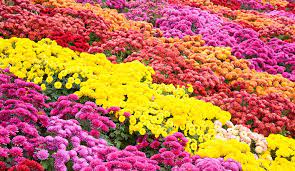
Lotus (Kamal)
Lotus is one of the most beautiful blooms. Offer it to Goddess Chandraghanta on the third day of Navratri to seek her blessings.
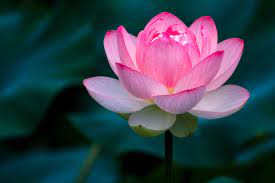
Devotees worship Goddess Kushmanda on the fourth day. You can impress her by offering mesmerising Jasmine flowers.
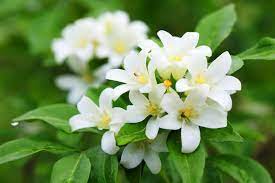
Why Jasmine?
Jasmine is used for skin diseases, and to speed up wound healing. Jasmine is inhaled to improve mood, reduce stress, and reduce food cravings. In foods, jasmine is used to flavour beverages, frozen dairy desserts, candy, baked goods, gelatins, and puddings.
Yellow Rose
Yellow roses are extremely pretty. You can offer Goddess Skandmata yellow roses to gain her blessings.
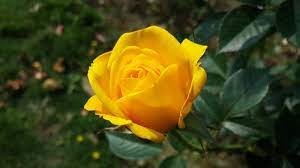
Why Yellow Roses?
Yellow roses symbolize friendship and joy. They are also used to represent those feelings that are associated with friendship such as warmth, delight, gladness, caring, and affection.
Marigold( गेंदे का फूल)
Marigold flowers are part of almost all Indian festivals. You can offer her Marigold flowers and seek her divine blessings of health and wealth.
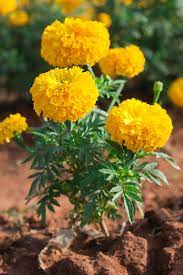
Uses of Marigold -
The main medicinal applications of marigold are skin conditions of all kinds, including contusions, bruises and varicose veins. Minor skin injuries and inflammation can also be successfully treated. Marigold ointment promotes wound healing for eczema and sunburns.
Goddess Kalratri is the destroyer of darkness and ignorance. You can offer your reverence to Goddess Kalratri through the Passiflora flower.

Advantage of Passiflora (कृष्ण कमल) ?
Today, passionflower is promoted as a dietary supplement for anxiety and sleep problems, as well as for pain, heart rhythm problems, menopausal symptoms, and attention-deficit hyperactivity disorder. It is applied to the skin for burns and to treat haemorrhoids. (Source of Info: Online available info.)
Mogra
Offering a Mogra Flower to Goddess Maa Mahagauri brings good fortune and peace into one’s life.
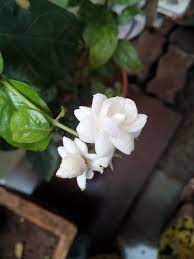
Advantage of Mogra Flower?
The health benefits of mogra are many. They tend to reduce stress and depression just by being in an area near you. So planting a Mogra flower Plant is just what you need to calm your nearby environment.
The last day of Navratri is all about offering prayers to Goddess Siddhidatri. All devotees must offer Champa Flower for intellect and strength.
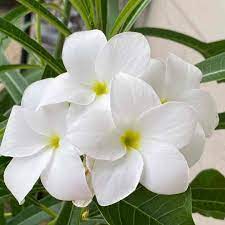
The flowers are worshipped and are known to inspire spirituality and invoke love. The aroma of this flower is rich, fruity and intensely floral with slightly musky undertones. This scent is used as a top note in perfumes.


